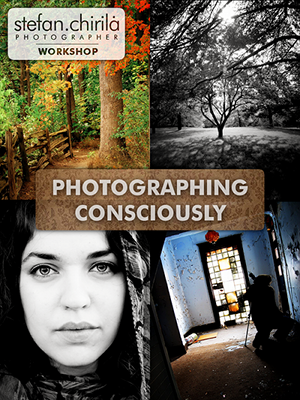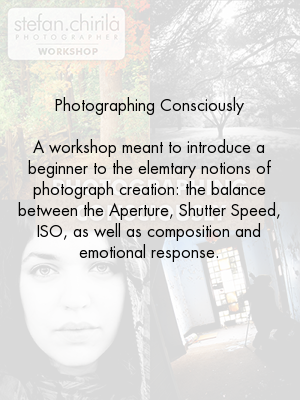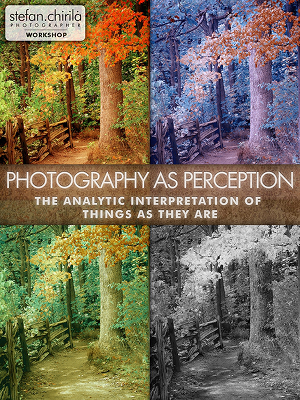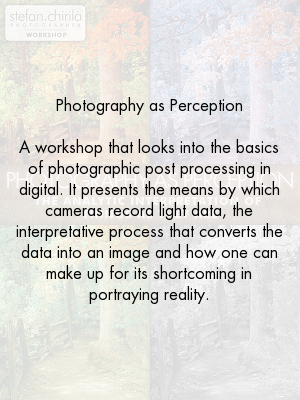First of all …let me tell you this is one crazy experience I went through, that kept me without sleep for a few days. Maybe I am a bit on the eccentric side, but having visible stains on the sensor of a rather expensive SLR camera which I can not easily replace, is something that keeps me up at night. Luckily this whole endeavour has a happy ending, so here is the story. I hope this may be helpful to some of you and might save you some big money.
It all started with me noticing some specks on some images …usually taken with my macro 70-300 Tamron lens at higher f values such as f16. I thought it may be dust in the lens and left things the way they were for a while (since that is not my main lens anyway). Recently though I was playing with my DIY softbox and I noticed the specks appearing again …this time both with my 70-300 and the 50mm f:1.8. This time I took a look inside and noticed that indeed you could see specks on the sensor itself. I was a bit worried so I did some research. Some people spoke about potential grease spots on the sensor from oil squirting from various mechanisms inside the camera on certain models but nothing about the Nikon D700. I then applied the standard dust removal procedure: 1. I used the built-in dust removal function of the camera a few dozen times (did nothing); 2. I applied a handheld air pump to try and blow the dust out (did nothing); 3. then I did something that I do not recommend anyone do, I tried to move the particles using a lens pen (something every photo store will tell you not to do!) and all that caused was for the specks to smear. It was then clear to me that the specks were NOT dust but liquid.
I then called Nikon Canada, who told me they are more than willing to try and clean my sensor for $200 and if that does not work, to exchange it for $600 (because the filter in front of the sensor, removable for the sake of cleaning or replacement in case of cleaning failure, is not removable on the D700 but built into the sensor). I felt disinclined to do that …so I went to Henry’s Camera over in Cambridge, Ontario, where I bought the camera from and asked their advice. They said the same thing, except they also recommended this place to me, over in Guelph, called Pond’s Photo Source, which cleans sensors with both dry and wet methods. I made my way over there to find some very friendly and highly encouraging customer service that promised to attempt to clean it every way possible and only charge me if that succeeds.
I came back the next day to pick up my camera, rather excited, since on the phone I was told the cleaning went great! The first thing I did …to the surprise of the person who handed me my camera, was to take my lens off and take a look at the sensor. I was surprised that marks were still showing on the sensor, but the man proceeded to reassure me that in actual photos, nothing shoes, and he pulled out two 4×6 samples, a before and after, and no surprise, the way he shot them, even the before didn’t show anything. When then I proceeded to tell him about the ways of telling if there is dust on a sensor he gave me the most confused look ever. For the record, to check if there is dust or anything on the sensor, shoot at f16 or smaller, shoot a clear surface, as bright as you can with out overexposing, and set your lens to the minimal focusing distance. Okay so he didn’t know about how to properly photograph the dust, nor did the sensor look clean …but maybe the sensor dirt doesn’t actually show up …somehow …any more. I made the mistake to pay the man the $50 he asked for (claiming he did his job and the sensor, as far as he is concerned, is clean) and left. I was pretty sad, but luckily, my friend Dalia (who lives in Guelph) met up with me and showed me this awesome place to eat, called The Cornerstone, which cheered me up a bit, in spite of the terrible cold outside. Of course, at home, repeating my experiment, the traces showed up, granted not as strong as before, but nonetheless there.
I was pretty desperate and was considering paying Nikon the money they wanted, but first, I called Henry’s again, this time the other store, over in Waterloo, Ontario. Over the phone, a very helpful man whose name I do not remember, told me that I could come in and he would help me use their $20 liquid cleaning kit and that it would probably work even on oil stains. Long story short, next morning I went over to Henry’s and $20 later, the sensor was clean! I am pretty hungry right now and the story is pretty much fully told …so I will leave you with this: do not waste your money; go to Henry’s and get their $20 cleaning kit and ask one of their friendly staff members to help you.
Here’s what my sensor looked like before and after the Henry’s store cleaning:

And here’s the original story:





















